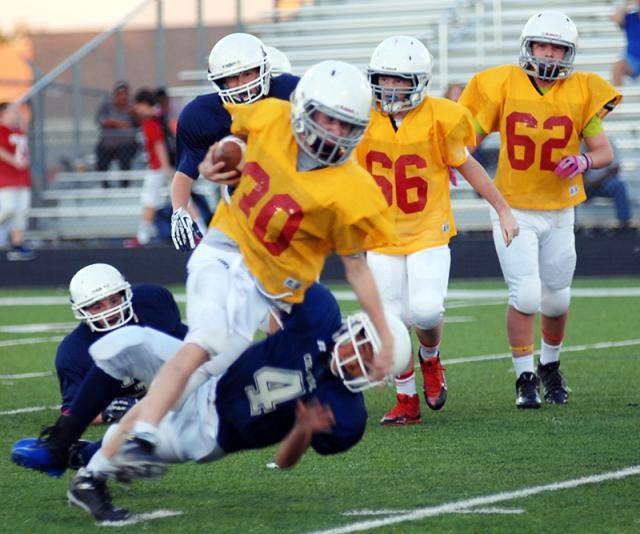As we head into the last month of the school year (at least for some of us), parents start asking each other, "Hey, what is your kid doing this summer? ("Translation for non-Texans: "What sports is your child playing this summer?")
As lots of sports parents know, summer does not always mean fun and hanging out by the swimming pool anymore. In this deeply sports-obsessed state, there is no off-season. Ever! 
When her 13-year-old son came home each day from track practice complaining of back pain, a Texas mom thought the pain wasn't anything to worry about. Turns out the pain was a red flag about a serious injury.